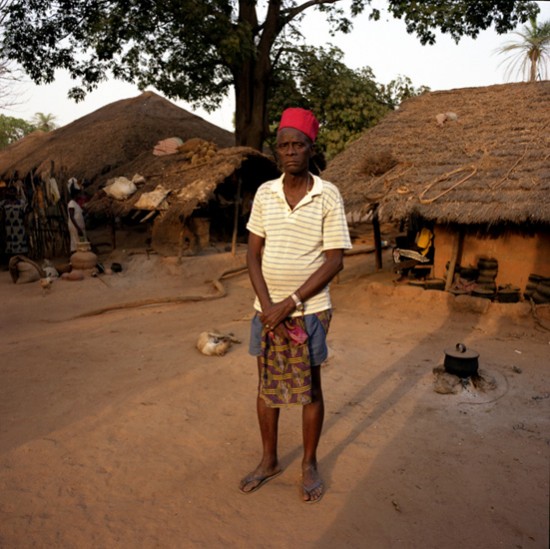Photographs 94-05
Pedro Loureiro's photographs are more than journalistic photographs. His images affiliate themselves in the line of significant photographers that use the camera as a writing substitute.
Thus, the photograph acquires documentary thickness and gains an expression so significant as text: we open a magazine or periodical and we find a full page with an image, without text ("O Independente", in the 90's or "Grande Reportagem"), and are carried to a scene of urban violence (a Portuguese armed emigrant, in his supermarket of Joanesburgo - "Joanesburgo #5"; the aggressiveness in full power, the militarist capacity of man, capable of defending himself, and at last, the unusual of somebody armed directing a space that we depend to survive in the great city); or the presence of a family, in Cap Verde ("Baía das Gatas" - the absence of the woman/mother is essential to the meaning of that universe); or a street in Macau, where a grandmother protects her grandson, with a hug (the nuclear Chinese family depends, absolutely, of grandparents: substitutes of parents during the first years of childhood) or to the daily dependent life of Pacheco Luiz, where the writer's irreverence is strengthened by the mimetic and accomplice posture of the employee who, perhaps, attends him.
When photography has the capacity of construct particular readings of a given universe, through the visual depuration and the approach in pregnant details, we are in presence of an autonomous speech, of photograph as expression and the documentalism as a learning space.
Another characteristic of these images is the care placed in the drawing of contexts, loaded with sociological information without devaluating the plasticity of image, that emphasizes the singularity of each personage who Pedro Loureiro records. They are people, but become personages, because we feel that each one belongs to universes capable of containing personal narratives, almost forever protagonists of dramas or tragedies with universal interest. The accomplishment of these images is made with the complicity of portraiteds, bringing to documentary photography the ethical character that was lost with the massification of images in the press.
Text: José Mçãs de Carvalho, 2006
Translation: Sofia Quintas

